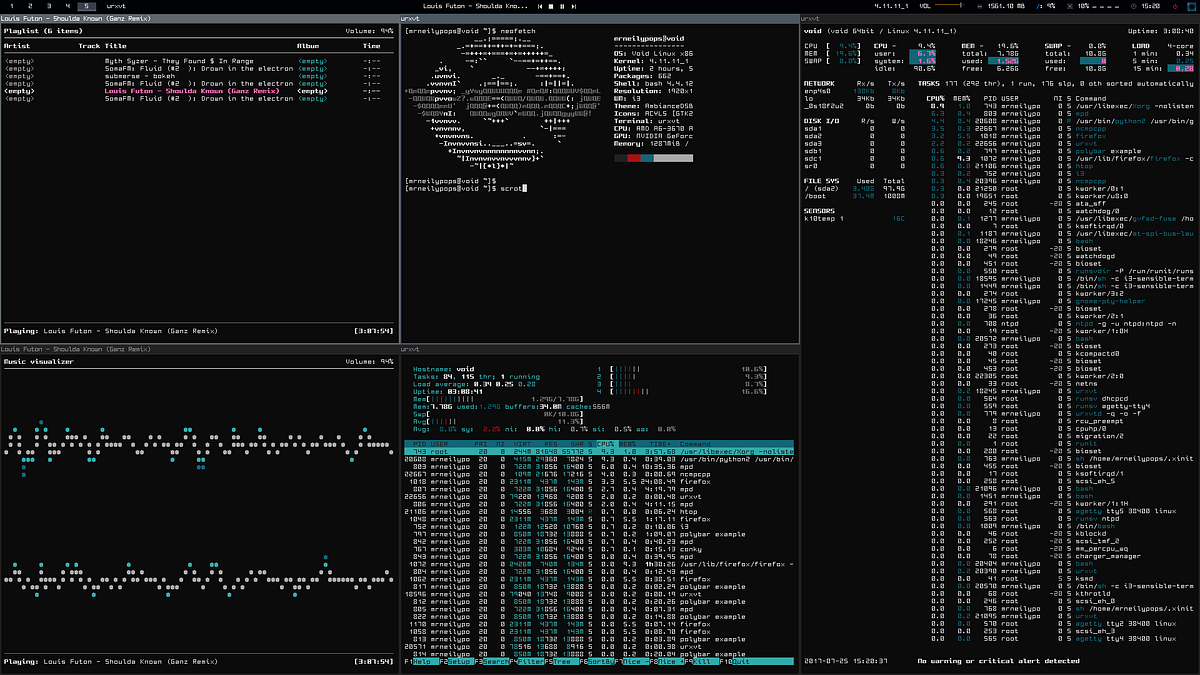

I guess there are also "traps" in the CPU and, in fact, in every sufficientlyĪdvanced mass-marketed chip. Of course this shifts the trust to the computing system, the CPU, and so on. Well-funded mafia hackers should then be able to find those secret commands too.ĭon't trust your harddisk. My guess is that there are agreements between harddisk manufacturers and Recovering such data is probably easily done with secret IDE/SCSI commands. Better, a harddisk can probablyĭetect that a given file is being wiped, and silently make a copy of it, while wiping the original as instructed. It is quite straightforward to implement some simple filtering schemes that would copy potentially interesting data. Rising totalitarianism makes this almost aĬertitude. I hereby speculate that harddisks can use the spare remapping area to secretly make copies of your data. You can have a look at recent discussions on Slashdot. Modern disks are said to have about 100% transparent remapping capacity.

This means that the disk can keep an albeitĬorrupted (maybe slightly) but inaccessible and unerasable copy of some of your data. They transparently remap defective blocks. Wiping size issues have been hopefully fixed (I apologize for the long delay).īe aware that harddisks are quite intelligent beasts those days. sending your laptop for repair, or selling your disk). Therefore wipe is best used to sanitize a harddisk before giving it to untrusted parties (i.e. Per-file secure deletion is better implemented in the operating system.Įncrypting a whole partition with cryptoloop, for example, does not help very much either, since there is a single key for all the partition. No secure deletion program that doesįilesystem-level calls can sanitize files on such filesystems, because sensitive data and metadata can be written to the journal, which cannot be readilyĪccessed. Journaling filesystems (such as Ext3 or ReiserFS) are now being used by default by most Linux distributions. NOTE ABOUT JOURNALING FILESYSTEMS AND SOME RECOMMENDATIONS (JUNE 2004) A quick mode allows you to use only 4 passes with random patterns, which is of course much less secure. These patterns were recommended in an article from Peter Gutmann ( entitled "Secure Deletion of Data from Magnetic and Solid-State In normal mode, 34 patterns are used (of which 8 are random). To the files to be destroyed, using the fsync() call and/or the O_SYNC bit to force disk access.

(MFM) allows any moderately funded opponent to recover the last two or three layers of data written to disk wipe repeatedly overwrites special patterns A technique called Magnetic Force Microscopy Recovery of supposedly erased data from magnetic media is easier than what many people would like to believe.


 0 kommentar(er)
0 kommentar(er)
